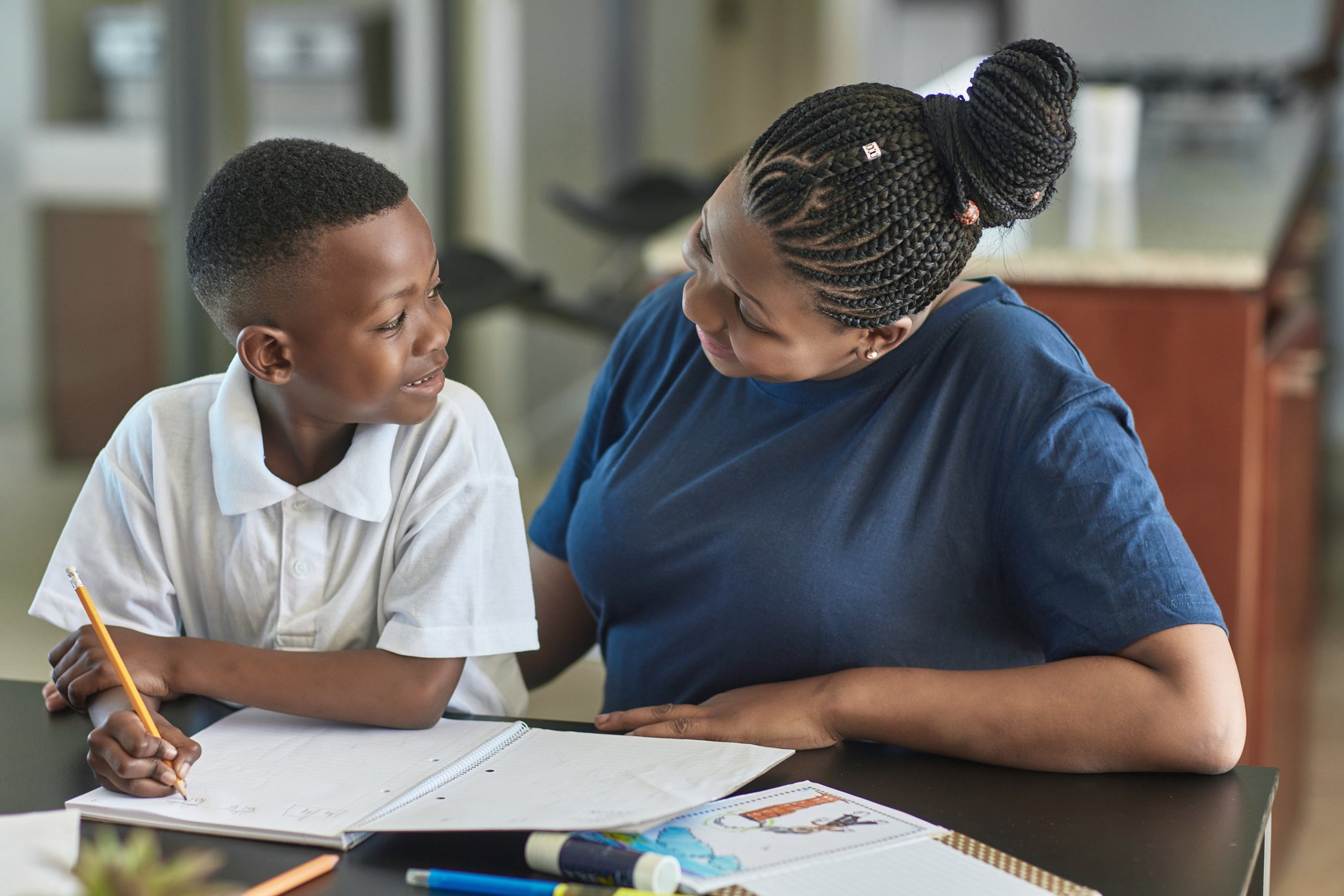Spatial reasoning is the ability to think about and manipulate objects in three dimensions. Spatial reasoning skills are an essential part of art, physical education, math and science.
Spatial reasoning is made up of a number of different skills. A child uses these skills to engage in activities, such as navigating around team players while playing sport, or coordinating hand movements to draw or copy an object.
Spatial reasoning skills can be developed and improved through practice. Studies show that parents and caregivers can do simple tasks to foster spatial reasoning and math skills in children of all ages. Here are some tips to remember while playing with your child.
Use descriptive words
Young children who hear their parents use spatial terms to describe the size, shape, and location of objects, and then adopt those words themselves, perform better in activities requiring spatial skills. Spatial words describe:
- size, such as “big”, “enormous”, “tiny”, “small”, “smaller”, “smallest”, etc.
- shapes, such as "round", "square", “diamond”, “oval”, "corner", "straight edge", etc.
- spatial concepts, such as "over", "under", "beside”, “in front”, “behind”, etc.
Engage your child in activities that allows them to talk about spatial concepts and practice skills (e.g., puzzles, blocks, games, pointing out objects relative to each other and the child).
You can also use spatial terms in daily activities, such as walking in the neighbourhood, putting away toys or clothes, and cutting vegetables while preparing a meal. For example, “The red house is much bigger than the brown house!”; “I see a triangle and a rectangle on that house. What shapes do you see?”; “Look to your right, there’s a racoon!”; “Can you please put your toys in the toy box in the corner of your room?”; “Your hat is on the top shelf beside the ball.”
Use gestures
Using gestures together with the spatial word helps children improve their understanding of the concept. For example, when describing the spatial word "right," point to the right or use your body to show “tall” versus ‘short”.
Play games
Many games involve spatial thinking such as building towers with blocks or boxes, creating forts and obstacle courses, puzzles, Mighty Minds, Blockus, and Mastermind.
Praise effort
Praising a child’s effort nurtures their internal motivation to learn. When engaging with your child, give the appropriate type of praise. Examples include:
- “Wow, you are looking carefully at…”
- “Thank you for showing me...”
- "You did a good job building that castle!"
- "That puzzle looked really hard, but you kept trying, and you did it!"
Be sensitive to your child’s skill level
Activities should be challenging enough that your child learns something, but not so difficult that your child becomes frustrated. As you see your child gaining confidence, gradually introduce more challenging activities, such as puzzles with more pieces.

